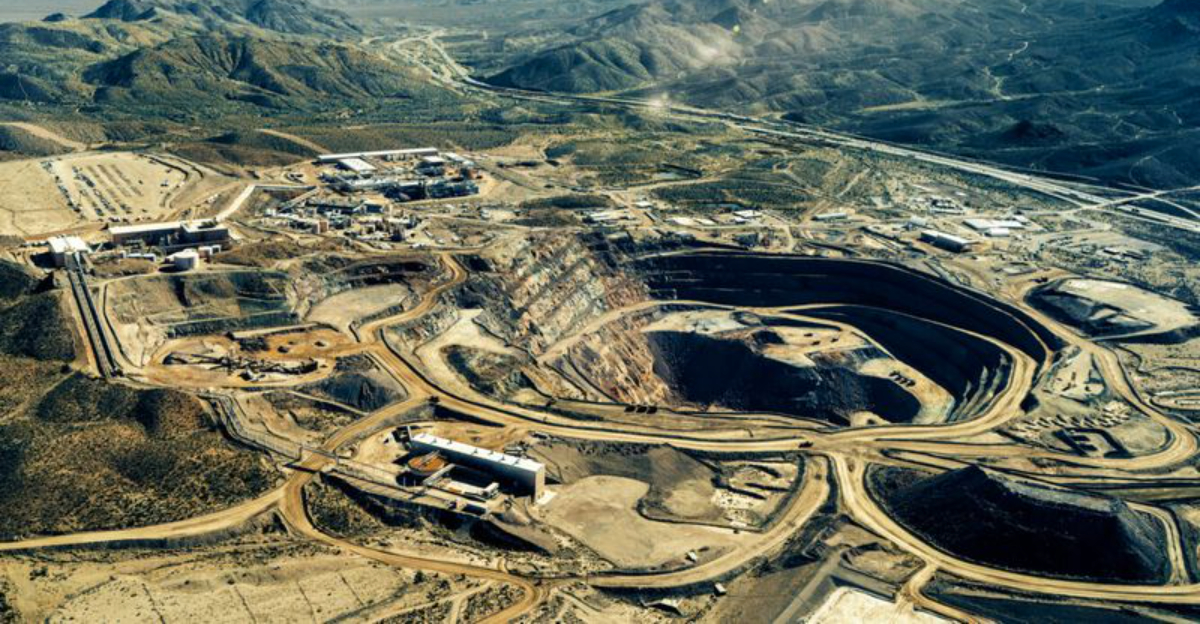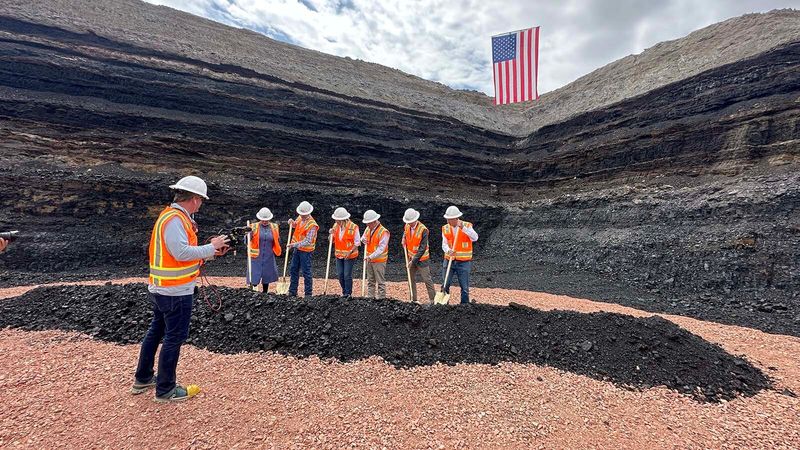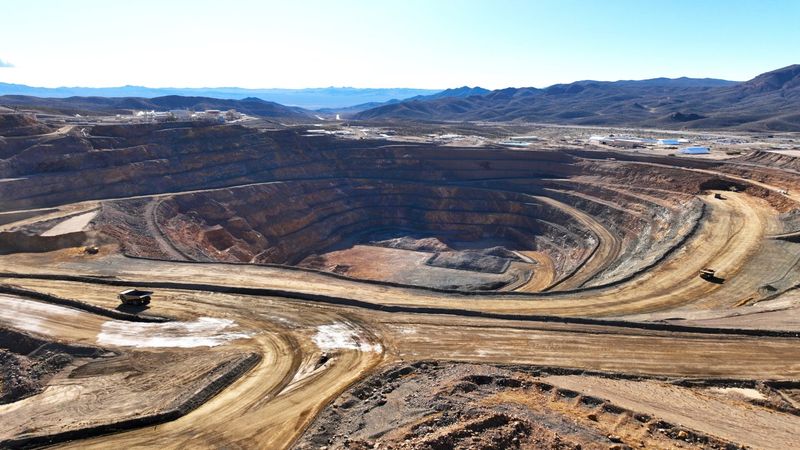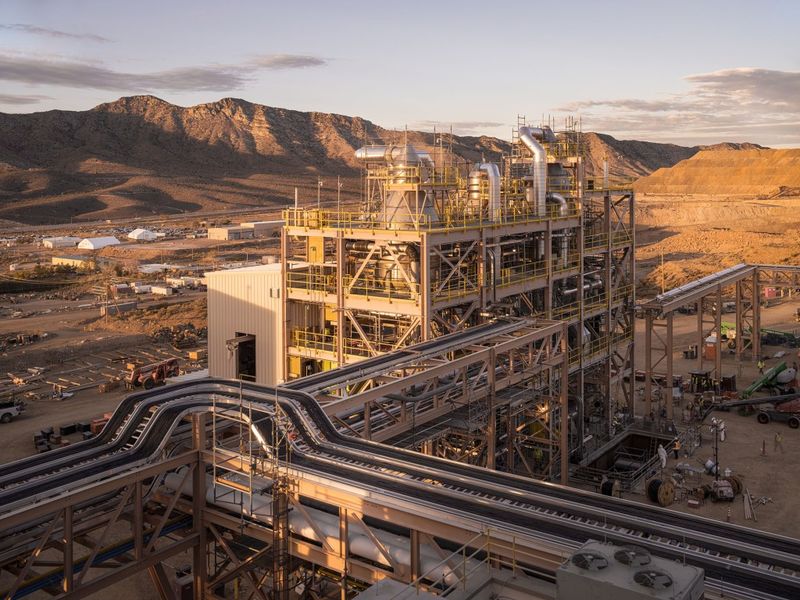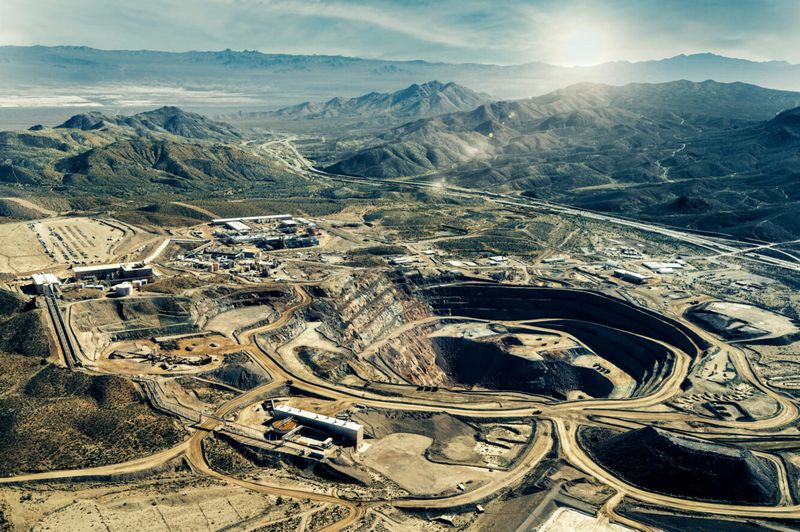Wyoming has just become the center of America’s newest treasure hunt, but this time it’s not about gold or silver. Deep beneath the state’s rugged landscape lies a massive deposit of rare earth elements—materials that power everything from smartphones to fighter jets. For the first time in 70 years, a new rare earths mine is opening on U.S. soil, and it could change the way America competes on the global stage.
A Strategic Discovery in Wyoming
Ramaco Resources uncovered something extraordinary while exploring coal deposits in Wyoming: a treasure trove of rare earth elements at a site now known as the Brook Mine. This marks the first new rare earths mine in the United States in about seven decades, a milestone that could reshape global supply chains.
Preliminary estimates suggest the site holds roughly 1.7 million tons of rare earth and critical minerals embedded within coal seams. The discovery wasn’t planned—geologists stumbled upon the mineralization during routine surveys. Now, what began as a coal project has evolved into a dual-resource operation with national significance.
Opening this mine signals a shift in how America sources essential materials. For years, the country has relied heavily on imports, but Wyoming’s deposit offers a homegrown alternative that could reduce dependence on foreign suppliers and strengthen domestic industries.
Why Rare Earths Matter
Rare earth elements like neodymium, praseodymium, gallium, and scandium might sound exotic, but they’re hidden inside everyday technology. Electric vehicle motors, wind turbines, smartphones, and advanced military systems all depend on these materials to function properly.
Despite their name, rare earths aren’t actually rare in nature. What makes them special—and challenging—is how difficult they are to extract and refine. The process requires specialized knowledge and technology, which is why only a handful of countries dominate the global market.
China currently controls most of the world’s rare earth supply chain, creating a strategic vulnerability for the United States. Wyoming’s discovery comes at a critical moment, offering a potential pathway to reduce reliance on foreign sources and secure access to materials that underpin modern innovation and national security.
Dual-Use Mining: Coal + Critical Minerals
What sets the Brook Mine apart is its unique two-for-one approach: extracting both coal and rare earth elements from the same site. Ramaco Resources originally focused on coal mining, but geological studies revealed significant rare earth mineralization within those same seams.
This dual-purpose model could improve the mine’s economic viability while maximizing resource use. Shared infrastructure—roads, power lines, processing facilities—means lower costs and faster development compared to building separate operations from scratch.
Combining coal and critical mineral extraction also offers synergies that traditional mines lack. As energy markets evolve and demand for rare earths grows, this hybrid approach positions Wyoming as a pioneer in multi-resource mining. It’s a practical solution that addresses both current energy needs and future technology demands, making the project more resilient to market fluctuations.
Defense & National Security Implications
Rare earth elements are the invisible backbone of modern defense technology. Permanent magnets made from neodymium power the motors in fighter jets, guidance systems in missiles, and propulsion in submarines. Without a steady supply, manufacturing these systems becomes nearly impossible.
Currently, the United States depends heavily on foreign sources—primarily China—for these critical materials. This creates a strategic vulnerability: if supply chains are disrupted during a crisis, defense production could grind to a halt. Wyoming’s Brook Mine offers a domestic alternative that strengthens national security.
Military planners view this deposit as a linchpin in long-term strategy. A robust homegrown supply chain means fewer risks, faster production, and greater independence in an increasingly competitive global landscape. As tensions rise worldwide, securing domestic access to rare earths isn’t just smart economics—it’s essential for maintaining military readiness.
Challenges Ahead: Processing, Permitting & Infrastructure
Extracting rare earths sounds straightforward, but the reality is far more complicated. The ore is often low-grade and mixed with unwanted elements, requiring sophisticated refining and separation technology. Unlike digging up gold, rare earth processing involves multiple chemical stages that demand precision and expertise.
The Brook Mine also faces regulatory and environmental hurdles before full-scale production can begin. Permitting processes are lengthy, and environmental reviews must ensure the operation meets strict standards. Local communities, state agencies, and federal regulators all have a say in how the project moves forward.
Infrastructure presents another challenge. Roads, power supplies, and processing facilities must be built or upgraded to handle large-scale operations. Securing federal support or private investment will be crucial for overcoming these obstacles and turning Wyoming’s rare earth potential into a functioning, profitable reality.
A Turning Point for U.S. Mineral Strategy
The Brook Mine’s emergence could represent a watershed moment in how the United States sources critical materials. For decades, America has outsourced mineral extraction and processing, creating dependencies that weaken economic and strategic positions. Wyoming’s discovery flips that script.
A domestic rare earth supply could reshape trade balances, reduce vulnerabilities, and catalyze new processing industries across the country. It might inspire similar projects in other states, sparking a broader renaissance in American mining and manufacturing. The ripple effects could extend far beyond Wyoming’s borders.
While profits and production timelines will evolve over years, the significance of finding an advanced rare earth deposit on U.S. soil can’t be overstated. It’s a rare opportunity to reclaim control over materials that define modern life—and to ensure that America remains competitive in the technologies of tomorrow.
